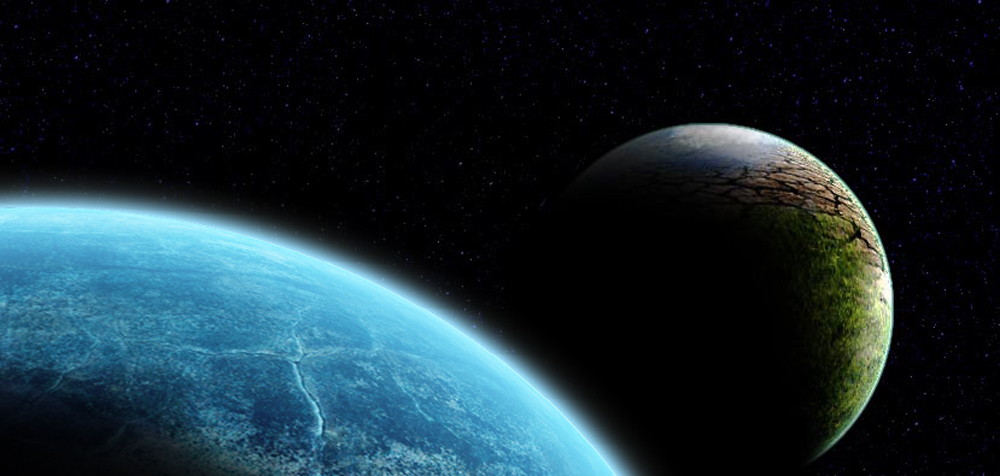Final Countdown: 1 Day Until the Mayan Apocalypse

It's the end of the world! Or not.
Despite the failure of a multitude of doomsday prophecies over the centuries, believers are at it again, this time with an interpretation of the ancient Mayan calendar that pegs the end of the world as tomorrow, Friday, Dec. 21.
The so-called 2012 apocalypse has spawned a Hollywood film ("2012," released with questionable timing in 2009), official responses from NASA and the closure of at least one mountain in France, which officials fear will be swamped with believers looking for a trip to safety on a flying saucer on Dec. 21. Friday also happens to be the official start of winter, or the winter solstice, when the top half of the planet faces directly away from the sun.
The rumors get their start because Dec. 21 in the Western calendar likely corresponds to the end of the 13th b'ak'tun of the Mayan Long Count Calendar, one of three calendars the ancient Maya used to count time. The calendar works by counting first days, then 20-day chunks of time, then 260-day periods and 7,200-day periods. Ticking up like a car odometer, the calendar finally keeps track of 144,000-day blocks of time called b'ak'tuns.
The thirteenth b'ak'tun
Thirteen b'ak'tuns would have been seen by the ancient Maya as a completed cycle of creation, but there were absolutely no apocalyptic predictions associated with this date. Just as an old 2012 calendar will be tossed for a new 2013 model, the Mayan calendar will continue on. In fact, the Maya had units for counting even larger chunks of time than b'ak'tuns — their calendar is capable of tracking millions of years. [Images: Maya Calendar Carvings]
Rumors of an apocalypse linked to the Mayan calendar emerged only when Westerners got their hands on the numbers. Theories blew up, largely online, making the Mayan apocalypse one of the very few grassroots doomsday predictions in history.
Sign up for the Live Science daily newsletter now
Get the world’s most fascinating discoveries delivered straight to your inbox.
Apocalypse rumors eventually became so pervasive that they brought the Dec. 21 back to the attention of the modern Maya, said Robert Sitler, a professor of Latin American studies at Stetson University in Florida. Few Maya had given much thought to the calendar, as it fell out of use more than 1,000 years ago. Now, however, many Maya are giving the day its due, Sitler told LiveScience, though not as the end of the world. Most groups interpret the end of the b'ak'tun as a time of change and enlightenment.
No doomsday
Many of the apocalyptic rumors surrounding Dec. 21 have focused on astronomical theories, such as a collision between Earth and an asteroid or a rogue planet. That's brought NASA into the fray. The agency has been working overtime to quash doomsday rumors, even maintaining its own debunking website.
Among the wilder theories is the idea that the magnetic poles of the planet will suddenly flip-flop, either destroying life on Earth or sending us back to the Stone Age. Not so, according to NASA. The North and South magnetic poles do gradually change and switch places, but the key word is "gradual." The process takes place over thousands of years and has happened many times without disrupting life on the planet.
Another theory holds that a rogue "Planet X" or "Nibiru" will swoop in from the outer solar system to collide with Earth. Fortunately, there is no Planet X. And if an object were set to hit the planet by tomorrow, you can bet it'd be visible in the sky by today.
The bottom line? In the words of Walter Witschey, a Mayan history expert and a professor at Longwood University in Virginia: "You'll get up the next morning and go forward, and the Maya cycles will have clicked over another day."
Follow Stephanie Pappas on Twitter @sipappas or LiveScience @livescience. We're also on Facebook & Google+.

Stephanie Pappas is a contributing writer for Live Science, covering topics ranging from geoscience to archaeology to the human brain and behavior. She was previously a senior writer for Live Science but is now a freelancer based in Denver, Colorado, and regularly contributes to Scientific American and The Monitor, the monthly magazine of the American Psychological Association. Stephanie received a bachelor's degree in psychology from the University of South Carolina and a graduate certificate in science communication from the University of California, Santa Cruz.
Why is yawning contagious?
Scientific consensus shows race is a human invention, not biological reality










